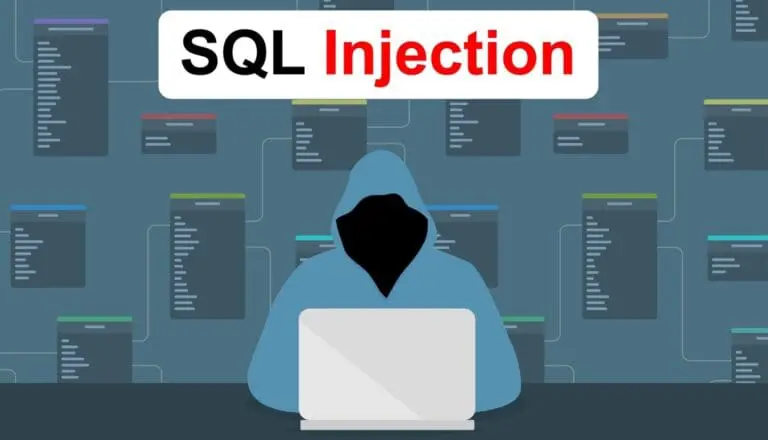SQLi Series: An Introduction to SQL Injection for Penetration Testing
Raxis’ Andrew Trexler explains what SQL Injection (SQLi) is and how to perform a simple exploit against a web app login page in penetration tests.

Raxis’ Andrew Trexler explains what SQL Injection (SQLi) is and how to perform a simple exploit against a web app login page in penetration tests.